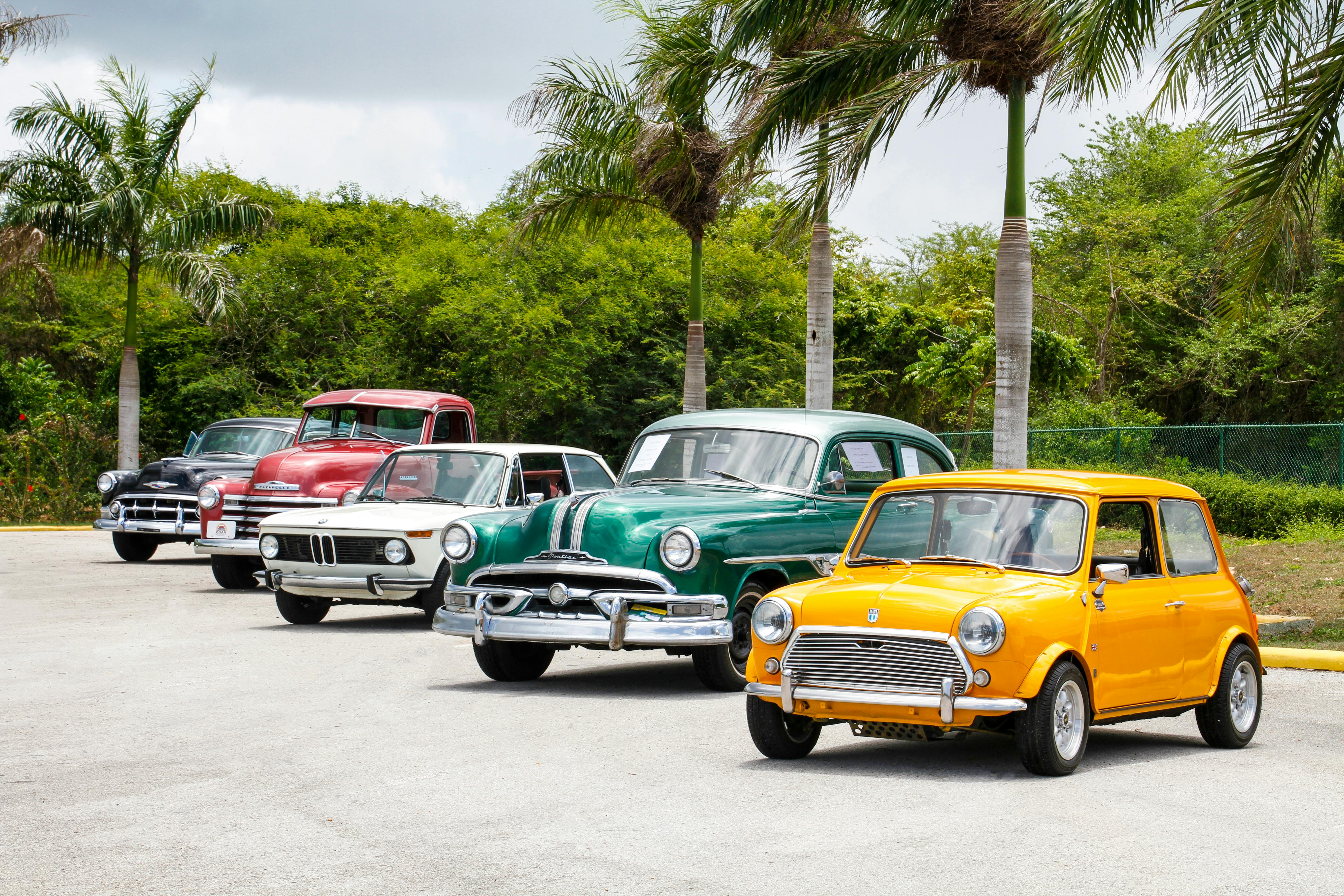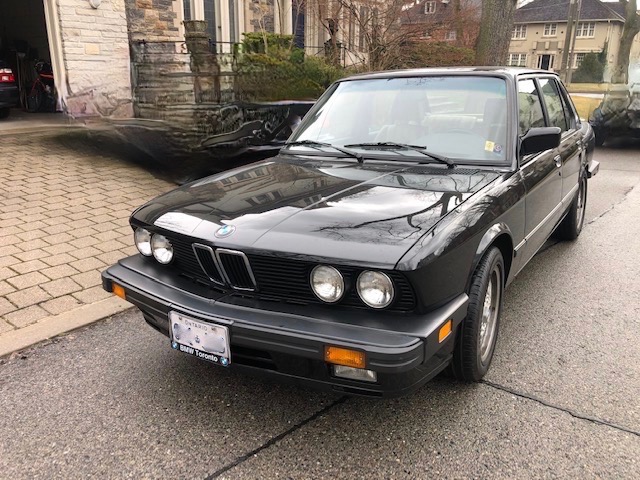
It should not surprise you at all to see the casino industry reach highs of $305.8 billion. Especially after it became possible to access entertainment from any place after the launch of the first online casino, a lot changed. More players could now participate as the constraints of joining physical spaces were eliminated.
Besides, operators started taking advantage of technology to guarantee players’ safety. As a result, you can now find a safe and secure online gambling site that allows you to participate without worrying about the safety of your personal information. On top of that, the casino industry has always integrated various aspects of our society, like classic cars, to become even more relatable. And if you have questions about how classic cars and the casino culture relate, you have just arrived in the right place.
Using cars as décor and in casino promos
Did you know that the first time a car was used for décor purposes in a casino was almost six decades ago? This happened at Caesars Palace, and surprisingly, its original white convertible sports car is still on display today.
In another place, the Golden Nugget Casino has a car museum, Counts Kustoms, which features some of the rarest vehicles of the time. This approach of incorporating glamorous cars as part of your décor has the following benefits:
- Cars can be a great tool to capture attention and conversion starter for visitors
- Cars can be a soft way of showing off your wealth
- Especially in higher-roller casinos, cars can be a great way to offer a sense of exclusivity
- Glamorous cars can help break the ice between visitors as they can comfortably exchange their shared love for automobiles
Remember that as the casino industry grew, operators evolved to ensure they remained relevant. So, if you remember, national lotteries began offering luxurious cars in the 80s. This would become a norm, and gambling firms would start offering cars as prizes. Well, as much as these promos might have shifted to align with modern preferences, operators still rely heavily on bonuses to stand out.
Car shows in casinos
Have you heard about the Casino Beef Week event that took place in the Beef Capital of Australia in May last year (2024)? The festival allowed visitors to enjoy over 100 events while exploring modern classic cars, sports cars and classic cars, among many others.
Sand Hills is also popular for offering free-to-participate car show events. A more recent one took place on July 7, 2024, and participants received free T-shirts, barbecue lunch for registered members, free live music and so much more.
The best part of such events is the increased traffic gambling venues witness. And if you can, imagine the gains you can make if visitors have to pass through gaming areas to view the cars. Car shows can also be a great way to engage diverse audiences. Remember, you won’t fail to receive a representation from every demographic as a considerable number of individuals have a nostalgia for cars. If that happens, you can expect more revenues as the likelihood of every game type being occupied increases.
On top of that, events like car shows can really help strengthen your brand perception. For example, you can position your brand as a versatile entertainment hub and gain visibility among a broader audience that might consider your venue as their next entertainment destination.
A case study: Mercedes-Benz 450SL
Martin Scorsese uses this car in the Casino movie to depict luxury and sophistication themes. But this is not the first time this American filmmaker uses classic cars to enhance the aesthetic feel of his movies. If you have watched Mean Streets and the Moon Killers, you can well relate to this.
Built from 1973 to 1980, the Mercedes-Benz 450SL’s design really stood the test of time. Its sleek steel body and aluminum panels ensure that the car captures your attention. ‘SL,’ short for ‘Sport Leicht,’ is a German description pointing to the car’s perfect combination of elegance and performance.
Depending on the model year and emission regulations, this car’s 4.5-liter engine can generate between 190 and 225 horsepower. That way, you can always be sure of a great balance between excitement and efficiency. And for a more relaxed driving experience, most 450SL versions feature a three-speed automatic transmission, which is great for long highway journeys or city cruising.
We haven’t even talked about the car’s interior. High-quality leather seats, power windows, and a high-fidelity sound system await. The continued updates have ensured that 450SL’s legacy in automotive innovation remains.
As long as the casino industry remains, we will not stop seeing trends where operators turn to relatable themes like classic cars to improve competition. We can all agree that operating in this industry has never been as competitive as it is in 2024. But thankfully, there are numerous ways in which companies can stand out.
For example, hosting a car show can help you attract not only the gambling population but audiences that don’t gamble as well. And if such trends continue, the connection between classic cars and casinos may continue becoming even more dynamic.















